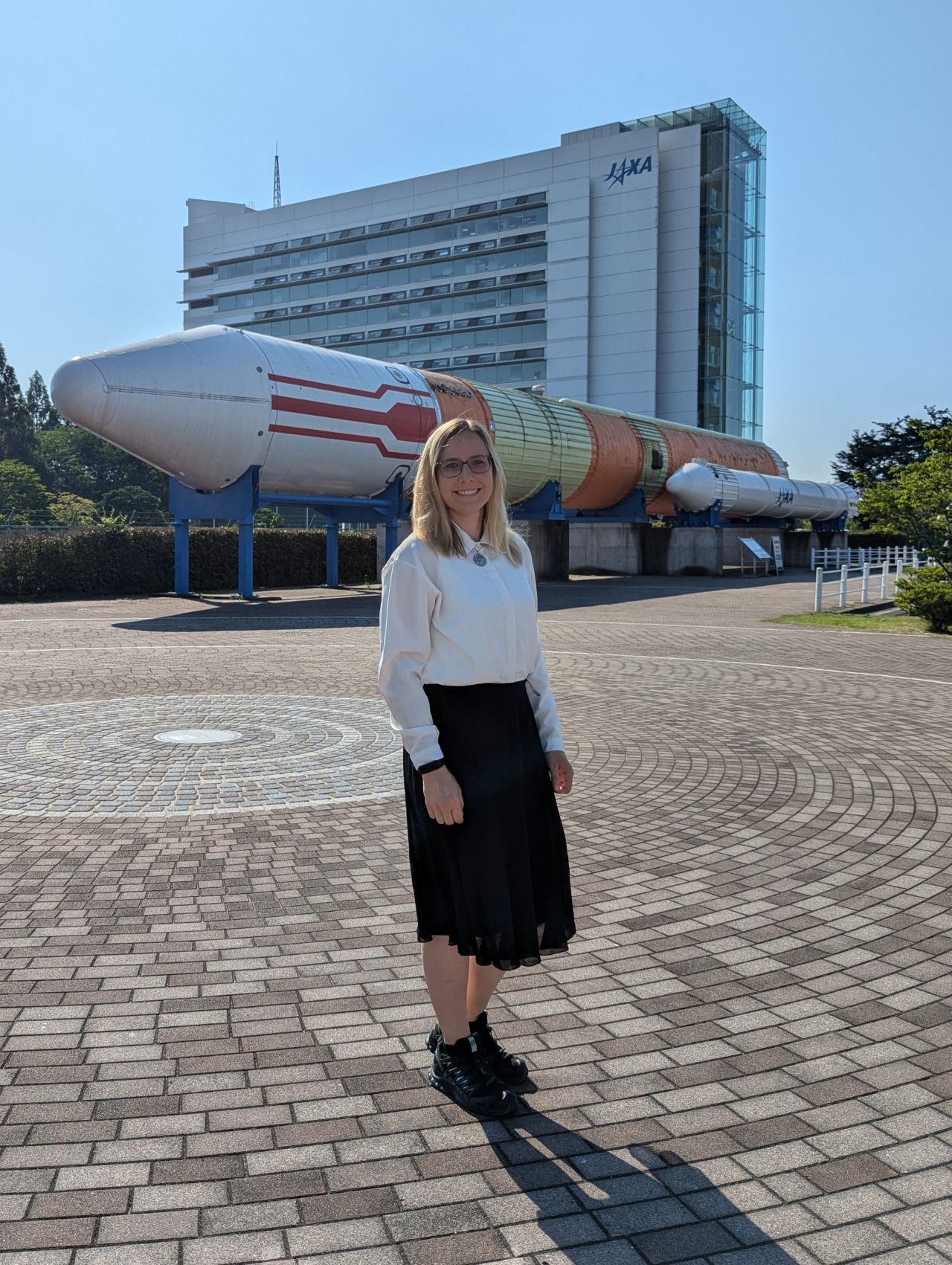DIANA-Dedicated Infrastructure and Architecture for Near-Earth Astronautics
Published in 51st International Conference on Environmental Systems (ICES) Conference Proceedings, 2022
Abstract: The Dedicated Infrastructure and Architecture for Near-Earth Astronautics (DIANA) is an autonomously deployable lunar base concept for a long-duration crewed mission on the Moon’s surface. It will be robotically constructed in proximity to the De Gerlache crater ridge on the lunar South pole. The base, which accommodates four astronauts with a planned 2030 arrival, enables scientific operations and local sorties for human and robotic exploration. Furthermore, its self-sustainability will increase over its lifespan. The base will be transported in a compacted form and expanded to a habitable volume by autonomous deployment after reaching the lunar surface. The multilevel base encompasses all possible habitation needs including, but not limited to, dedicated private and communal spaces, technical support systems and a greenhouse. To establish and operate the base, the following subsystem concepts are crucial. The electrical power system consists of solar panels and a regenerative proton exchange membrane fuel cell using water electrolysis for power storage. Thermal insulation and adequate temperatures are provided through a closed water loop system, radiators and the use of regolith, the latter further providing radiation shielding. The environmental control and life support system initially relies on a high technological readiness level physico-chemical approach. Over time, it will progress towards a biologically closed loop system through the implementation of a greenhouse for food production and in-situ resource utilisation (ISRU) for water and oxygen harvesting. ISRU is essential in supplying astronauts not only with life support, but also with a large variety of construction material leading to increasing self-sustainability and long-term cost effectiveness. The communication system uses a Low Lunar Orbit communication relay satellite constellation and the Lunar Gateway. DIANA also offers a phased antenna array for radio interferometry on the far side of the Moon to perform observations of the universe.
Recommended citation: Acker D, Gutierrez E, Pippert A, Barth N, Böttger J, Diamond M, Kugic A, Palacios Calatayud J, Modi P, Krein V, Khan SA. DIANA-Dedicated Infrastructure and Architecture for Near-Earth Astronautics. 51st International Conference on Environmental Systems (ICES). 07/2022.
Download Paper | Download Bibtex
